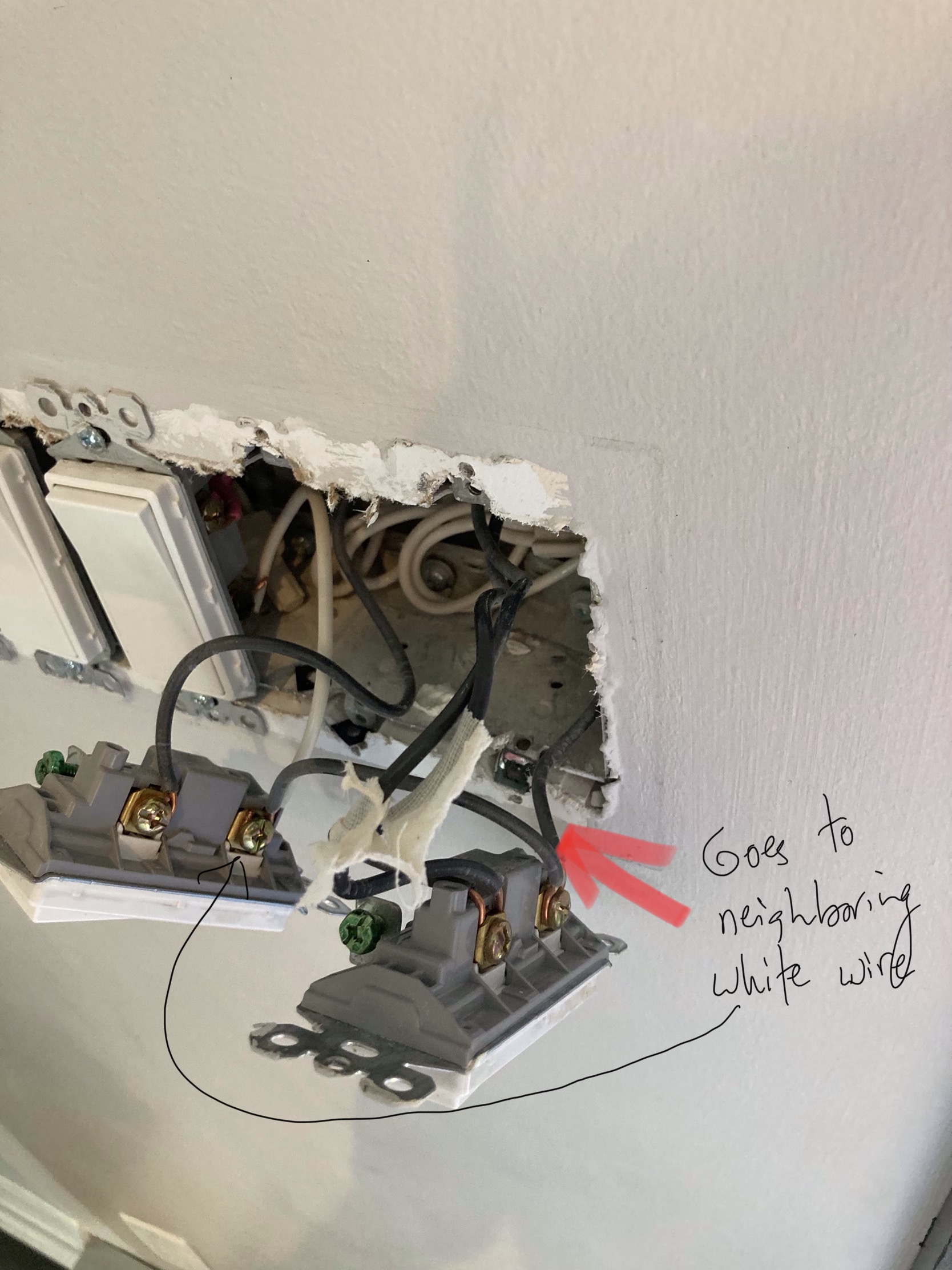I'm replacing a light switch that controls outdoor house lights with a hardwired timer switch. I tried attaching one of the top black wires in the pictures below to the timer's line wire and I attached the other one to the load wire. The lights outside remained on and wouldn't turn off. I then switched the two wires around and now, 3 of the 8 lights permanently stay on whereas the others shut on and off properly, but all the lights are significantly less bright than they were before. Not sure where I am going wrong here, unless both wires are "hot" wires and should be tied together to the timer's line wire? Of note, this is the only switch controlling the outdoor lights. A pen volt meter arrives soon from Amazon.
Pics:


